Literature is home to some of the most incredible and awesome creatures the human mind has ever conceived.
It's almost Halloween, and we think it's about time we show these creepy crawlies the love they deserve.
So cue up some appropriate music...
Dance a little Danse Macabre...
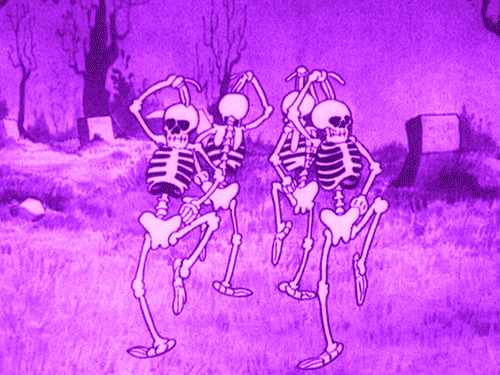
And get ready, because we're traveling to Scarytown. It's time to meet...
The 10 Scariest/Creepiest Creatures in Literature.
#10 — The Ghost of King Hamlet
This guy kicks Hamlet into action in a super spooky way, materializing upon the battlements of Elsinore and stalking around like he owns the place.
Oh, wait. He does. Or did, anyway, before his brother poured some poison into his ear while he slept in his orchard.
(Side note: you're a King, guy. Kind of important. Maybe not sleep unguarded in your orchard next time?)
The only reason this spectre doesn't rank higher on the list is because he's not really out for scares. All he wants is revenge.
#9 — The Cheshire Cat
Imagine coming across THIS in the woods under a full moon:
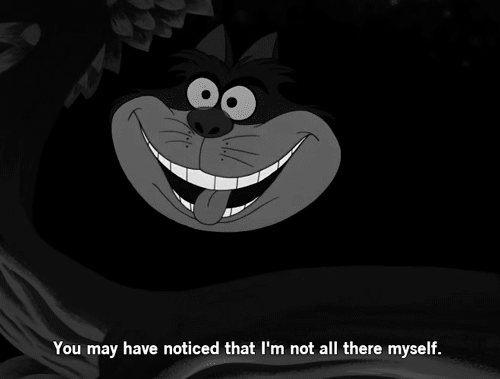
...
...
...

#8 — Macbeth's Three Witches
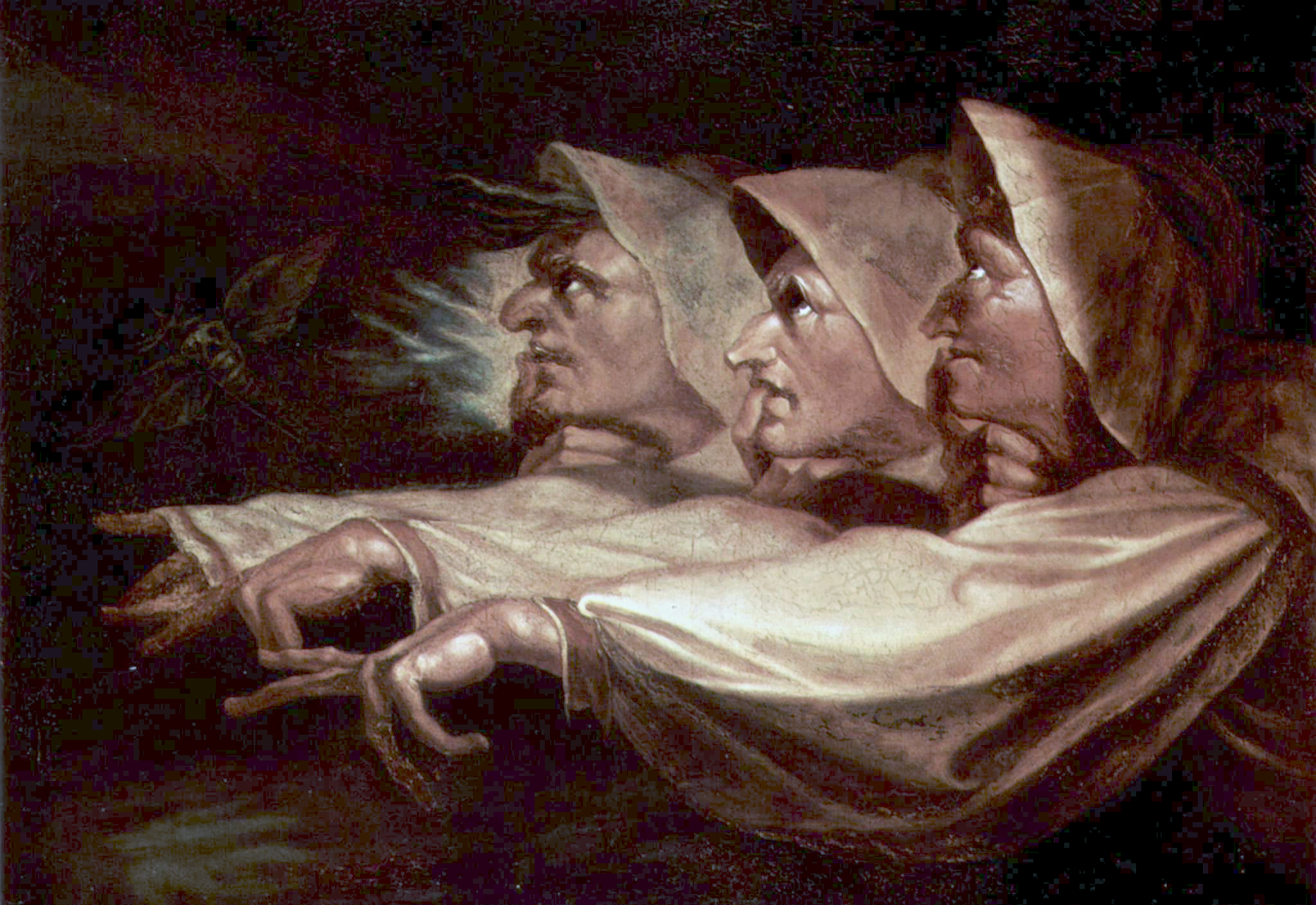
What is even the deal with these three? Are they actual witches? Do they have supernatural powers?
And probably the spookiest question of all: If Macbeth hadn't heard their prophecy, would he still have murdered Duncan?
Fear the power of suggestion.
#7 — Scylla
In captaining his ship through dire straits, Odysseus has to make a tough choice: He can follow Circe's advice and pass closer to Scylla, condemning some of his men to be devoured by the six-headed beast, or he can try to sail by Charybdis, potentially losing everything to the whirlpool's mighty vortex.
He probably made the right choice (though a few unlucky members of his crew would disagree). But this is what he chose as the lesser of two evils?!?

No way. Nope. No interest in that. You can keep your freaky cephalopod-faced sailor-eating monstrosities. You couldn't pay me enough to sail in Odysseus' crew.
#6 — Grendel
The first antagonist Beowulf faces in that eponymous epic poem, Grendel isn't messing around. I mean, the guy kills and eats thirty thanemen in one night, and then harasses Hrothgar's hamlet for years.
Of course, he's no match for Beowulf, but that's like saying a tiger's no match for Godzilla. They're both devastatingly powerful.
#5 — The Terrible Trivium

This guy, from Norton Juster's The Phantom Tollbooth, doesn't seem so scary at first. He appears to be an affable gentleman (albeit one with no face), but his sinister nature is soon revealed.
You see, the Terrible Trivium is a demon who assigns our heroes pointless, mindless tasks that take a very long time, like moving a huge pile of sand with a pair of tweezers. His entire raison d'être is to distract Milo and company from their quest with petty tasks that are easy to perform.
He's the personification of wasted effort, procrastination, and bad habits, and that's why he's so terrifying.
(Okay, maybe he's more terrifying for adults, but still. That non-face.)
#4 — The Ghost of Christmas Yet to Come
The most horrifying monsters are the ones we make for ourselves.
In A Christmas Carol, Ebenezer Scrooge is a miserly man, a person who doesn't care about your problems as long as he's pulling in every last shilling he possibly can.
This guy does not care about your family. He doesn't care if you can't afford decent food. He doesn't care about your sick son.
But all that changes one fateful Christmas Eve, when three spirits visit Scrooge and reveal to him the ways in which his relentless pursuit of cold, hard cash have hurt not only others but also Scrooge himself.
By far the scariest spirit is the Ghost of Christmas Yet to Come, who shows Scrooge the truth: he is a hateful man, despised by everyone he knows, responsible for promulgating pain and suffering by keeping the salaries of his workers painfully low. The Ghost of Christmas Yet to Come scares Scrooge into changing his ways. You'd be scared too; just LOOK at this thing:


NOPE.
#3— Medusa
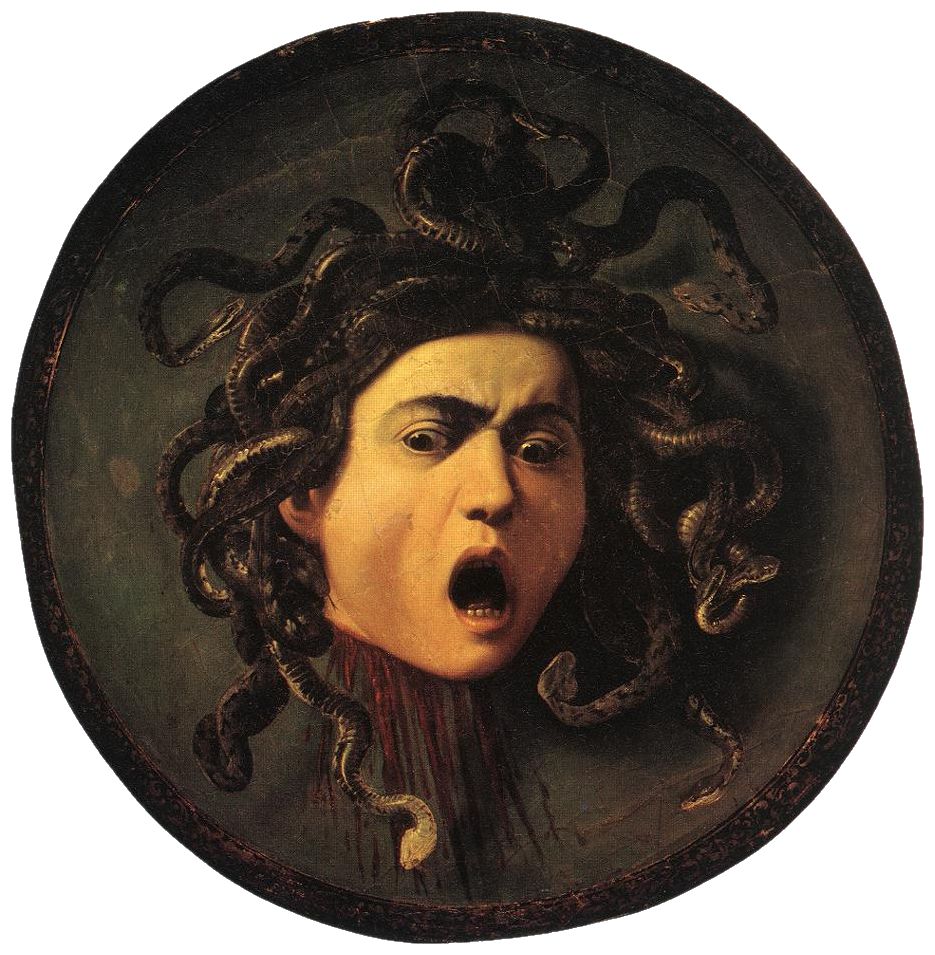
A lady who has venomous snakes for hair and whose gaze can turn you to stone? You'd better believe that's terrifying. She's so powerful that her gaze works even after her death, as King Polydectes learns to his dismay.
#2 — Dracula

Who can forget the harrowing scene in which Harker witnesses the evil Count crawl down the vertical wall of his castle — facing down? That gentlemanly facade, just beneath which a horror lies?
His ability to control bats and rats? His shapeshifting powers, which allow him to transform into a bat, a wolf, and even the night mist?
Dracula's influence on popular culture can't be overstated; he may be the most well-known monster on this list, having inspired a countless number of books, films (including, of course, the iconic portrayals by Bela Lugosi and Christopher Lee), plays, short stories, comics, radio productions, television shows, and videogames.
#1 — Frankenstein/his Creation
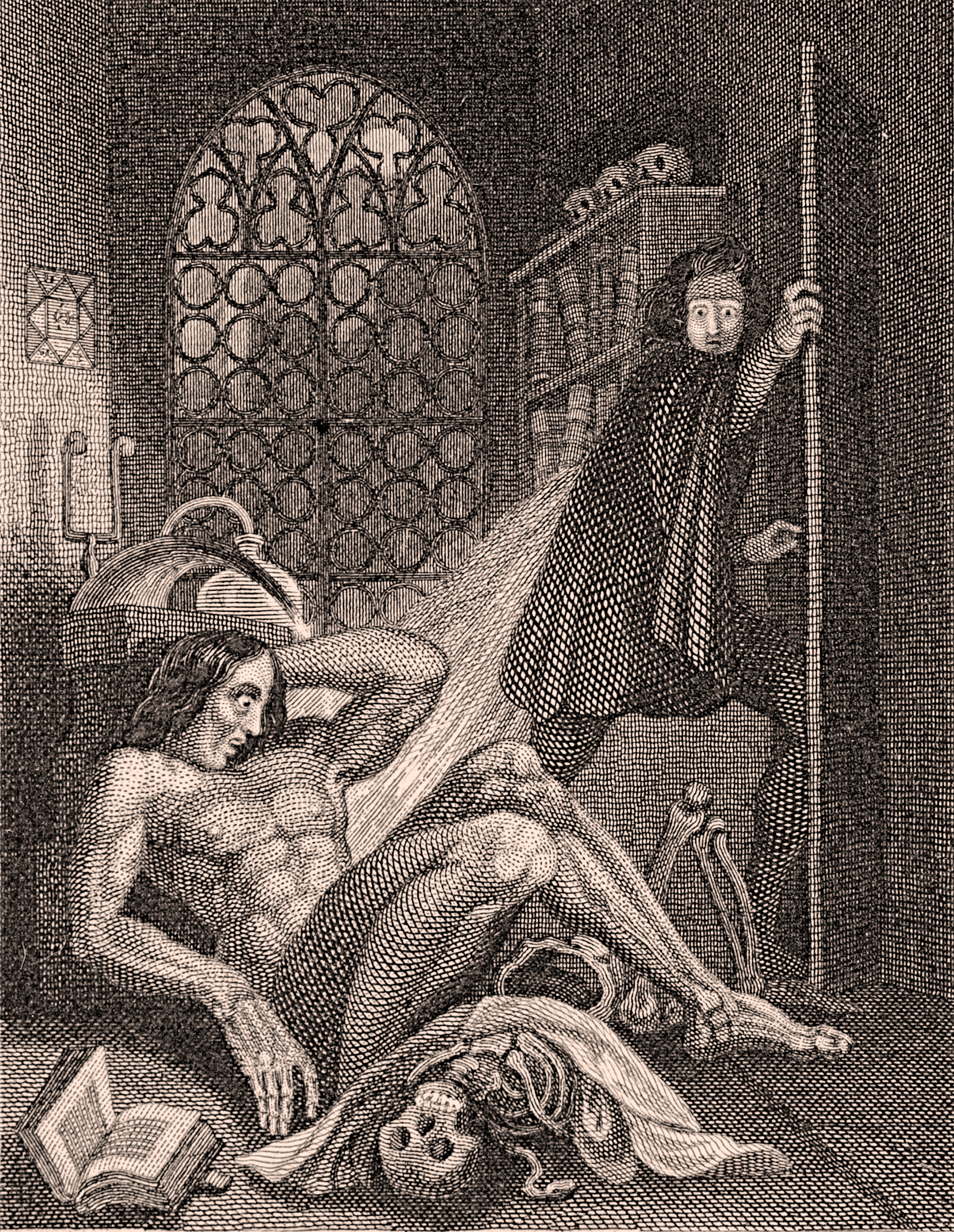
These two share the top spot, and with good reason. Granted, Victor Frankenstein's creation does a bunch of bad things — he murders Frankenstein's brother, his best friend, and his wife — but Frankenstein is kind of a detestable guy himself. He abandons his creation to fend for itself and shows it zero love. What's a misshapen hodgepodge of disproportionate body parts to do?
It's hard to tell which is the more monstrous, and that's why these two reside at the peak of Scary Mountain.
What monsters from literature give you the chills? Let us know in the comments!